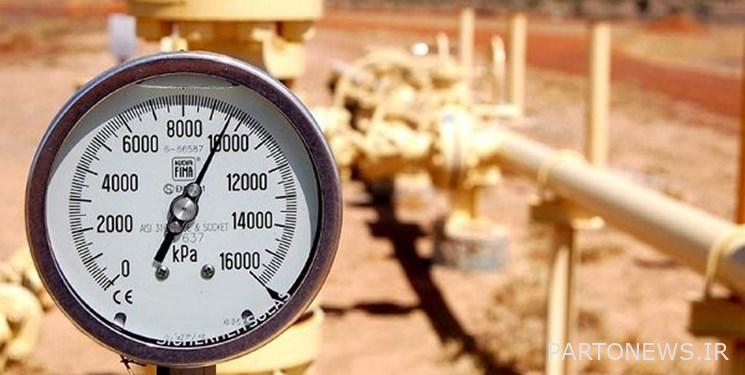Details of the Impact of Gas Tariff Reform on Consumer Consumption / Why High-Consumption Penalties Did Not Work

According to Fars News Agency’s economic correspondent, one of the plans of the Ministry of Oil to control gas consumption in the domestic and commercial sectors in the coming winter is to reform gas tariffs and penalties for high-consumption subscribers, who are often in the upper deciles of society.
According to the calculations based on the current consumption pattern, up to the third step of consumption in different climates is considered as normal consumption. For example, consider a house with an area of 100 cubic meters; Normally, people inside the house need both hot water for hygiene, hot water for cooking, and heating appliances. According to the standard, about 3 cubic meters of gas is necessary and sufficient for a household to do these things 24 hours a day.
For the heating sector for the same 100 square meters, there is a mechanism in terms of calculation based on the topic of Article 19. But from an operational point of view, based on the average per capita, for example in Tehran, about 15 cubic meters of gas consumption per day for this climate is considered in the coldest possible time.
Therefore, in total, if we consider 18 cubic meters (15 cubic meters of heating and 3 cubic meters of sanitation, etc.), we get a number in the month that is not much higher than 400 cubic meters (third consumption step). Therefore, consumption of 400 cubic meters is enough for both heating and cooking for climate 3.
* 3.4% of home subscribers are high-consumption
About 76.1% of the total consumption in the home sector is in the first three steps. Up to the next three steps (4-6) are usually considered in this category for reasons that may not have the appropriate construction standards as rural houses, because although they are expensive, they can not be restricted because they can not meet the standards. کردن. (It is a construction problem)
But the last 6 steps of consumption, which constitute about 3.4% of the subscribers, are definitely high-consumption, and according to studies, they have swimming pools, Jacuzzis, saunas, etc., which are out of the ordinary at home. Therefore, they are located in steps 7 and above.
* Details of the impact of gas tariff reform on the consumption of household subscribers
Following the Cabinet decision, which took effect on December 1st, for subscribers whose consumption started on the first of December, reports indicate that a number of subscribers have reached lower consumption levels. Thus, about 0.5% has been added to the subscribers of the first three steps of consumption.
But the important issue with tariff reform is steps 7 to 12, which reportedly saw a 0.3 percent drop in high-consumption subscriber spending to levels 6 and below.
* The need to reform the tariff for high-consumption domestic gas
According to statistics, the reform of domestic gas tariffs in December of this year has not had a significant impact on improving the consumption behavior of high-consumption consumers. The reason for this is that this energy carrier had not changed since 1994, before the 13th government decided on October 17 to change the domestic gas tariff. As a result, in order to influence the behavior of high-consumption consumers, it may be necessary for the government to amend the high-consumption gas tariff several times (steps 7 to 12).
The action of the Ministry of Oil in “doubling the gas bills of high-consumption subscribers” and “reducing the amount of hidden subsidies paid to them by 9%” in the recent decision to amend the domestic gas tariff, although considered a step forward, but compared to the current unfavorable situation It has a lot to reach the ideal state.
Figure 1 shows the amount of payment receipts and hidden subsidies received by subscribers of each consumption step before and after the application of new tariffs. Payment receipts are shown in blue and subsidies received in red. Also, light rectangles are related to the old tariffs and bold rectangles are related to the new tariffs.
Figure 1
As the picture shows, the new tariffs of the gas company have not changed the equations significantly and have only slightly increased the gas bills of high-consumption subscribers (bold blue) in the last step and reduced the high amount of subsidies they receive. As a result, it seems necessary to reform domestic gas tariffs by focusing solely on high-consumption subscribers (3.4% of subscribers).
End of message /
You can edit this post
Suggest this for the front page

